Architecture school at Arizona State University from 1993 to 2001 (when I was an undergraduate and graduate student there) had a very clear leaning towards the modern aesthetic. Not only did I learn about structures, architectural history and cladding systems, I learned that modernism is good and everything else isn’t really that good. So the modern aesthetic, with clean minimalist lines using materials like glass, steel and concrete was driven into our heads as the thing to aspire to. Le Corbusier, Mies Van der Rohe, and Walter Gropius were lionized. Frank Lloyd Wright, even though he was so influential in Arizona, was not in fashion at the time at ASU as his aesthetic wasn’t minimalist enough and he referred to touchy feely things like nature too much. He used materials like brick, stones and wood found near the site he was building on instead of glass, steel and concrete made at the factory. We were taught to discard the touchy feely for the cold, hard, machine-like minimalism of modernism.
When I was working at architecture firms, the modern aesthetic was still king, especially in Arizona. When I worked at a big medical and education architecture firm in Phoenix, the style du jour (if the client could afford it) was metal panel accents with synthetic stucco and blue or green-tinted glass. There was hardly anything else done in the firm, or at least on the medical building side of the firm. Most of the time the client couldn’t afford metal panels, so the building would end up being a muted reference to the modernism of Corbu and Mies in the straight and boxy lines, only completely clad in synthetic stucco.
Mediocre Modernism Invasion
This weekend when I visited Vancouver, my love affair with the minimalist, rectilinear modern aesthetic took a big hit right in the heart. It’s currently on life support. I saw one steel, glass and concrete sky scraper after another, all with either green or blue-tinted glass, and steel panels hung on steel beams which sat on concrete columns. If there were only one or two of these in the city, perhaps they would have retained some semblance of beauty.
But they are everywhere! Seeing these steel, glass and concrete skyscrapers produced en masse, all overwhelmingly similar, with only slight differences, just made me wince at how cold and distant this type of architecture really is. The steel and glass high-rise condominium instantly took on a tired look to me, instead of being cutting edge and modern, no matter how bright the orange metal panel accents were or how obtuse an angle the balconies were at.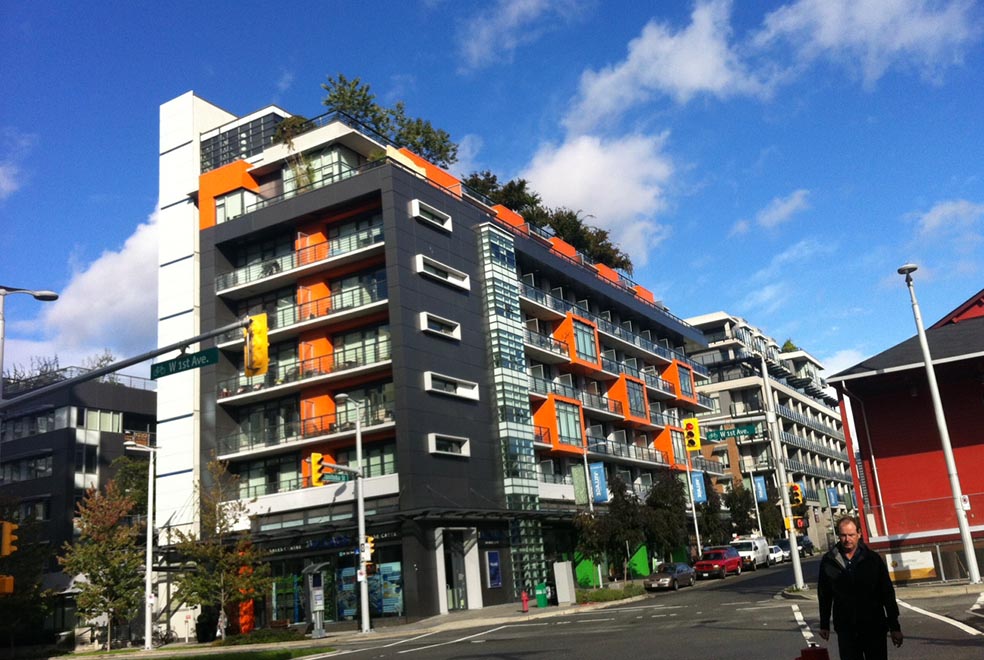
When I saw the proliferation of clean, modern and minimal buildings with the same materials, it occured to me that modernism lacks humanity. The invasion of this building type – the 30-story, steel, glass and concrete condo complex with metal panel accents, has created pockets of placeless modern mediocrity in the very beautiful port city of Vancouver.
Is developing a bunch of steel and glass skyscrapers sustainable as long as they are LEED certified?
Even though an impressive number of these steel and glass skyscrapers are LEED certified, they have little to do with being in harmony with nature other than technological gymnastics to gain points on the LEED checklist. If there is a balcony in the units of these skyscrapers, it looks out to more steel and glass skycrapers that surround them, separating people from nature more than ever. (I do commend Vancouver for doing an exceptional job of maintaining sight lines to the harbor and to the breathtaking North Shore Mountains. Because of this commitment to maintaining sight lines to natural elements, thankfully the steel and glass skyscrapers haven’t completely overtaken Vancouver.)
I think that the pocket parks, the roof gardens, the perimeter landscaping and bioswales that are built in as part of these high-rise residential developments are all great ways to reintroduce nature into the steel and glass world. But they are poor substitutes for human scale architecture, and building buildings that are truly integrated in materials, scale, passive thermal design with nature.
Aging gracefully vs. not aging at all
How will these galv-alum, glass, steel and concrete beam buildings age? What will these buildings look like in 50 years or a 100 years? Much the same probably, if they are allowed to age. They may easily be torn down and replaced with the newest, densest and more profitable versions of themselves before they hit 50. But if they are allowed to age, there won’t be any efflorescence, which you can see on brick of this historic building in Vancouver.
There won’t be any cracks or a patina of green or any kind of degradation I predict. They will look exactly as they did when they were first erected, seemingly impervious to the forces of nature. This quest for modernist perfection is chilling and dehumanizing and unfortunately disconnects people from nature and their history.
The problem with metal panels
Admittedly, I’ve been a fan of metal panels for a long time. And I still am a fan of corrugated metal panels or rusted metal panels because they add tactility and texture to the material. But the metal panels that adorn the steel and concrete skyscrapers of Vancouver – scaleless, textureless, and completely smooth – looked harsh and synthetic, devoid of any human touch. The galv-alum metal panel, which can be cut to any size, and powder-coated to any color, is a better material for androids than humans in my opinion. But many of the steel and glass skycrapers of Vancouver use metal panels as a “humanizing element” as a way to add color and interest to an otherwise overwheming facade of green or blue glass and steel structure.
Going back to classic materials
I did see an encouraging emerging trend in brand new developments in Vancouver- a return to classic, human-scaled, and more natural-looking materials like brick, even if it is used as a veneer.
I think this nod to a more beloved and historic material acknowledges the fact the people hunger for references to their history, to materials with textures and materials that age over time.
Housing in Vancouver has become a numbers game. It’s all about real-estate values and the highest and best use of a parcel of land in developer-speak. This means that historic buildings that give Vancouver an identity and a sense of place, such as this old post office, are being demolished in favor of more and more steel, glass and concrete high-rise condos.
I’m afraid that while everyone is eying the density numbers and the real-estate values, they are losing sight of the human experience of what it is like to live in a city, with other people, and with nature. They are losing sight of what makes the place special, and what makes it human and natural and connected with previous generations. Vancouver is such a wonderful city in a gorgeous setting with a rich past. It is heartbreaking to watch it slowly give way to a homogenous sea of high-rise condos by demolishing its historic building stock and building the same mediocre modern building in its place over and over again.
Photo Credit: All photos by the author.















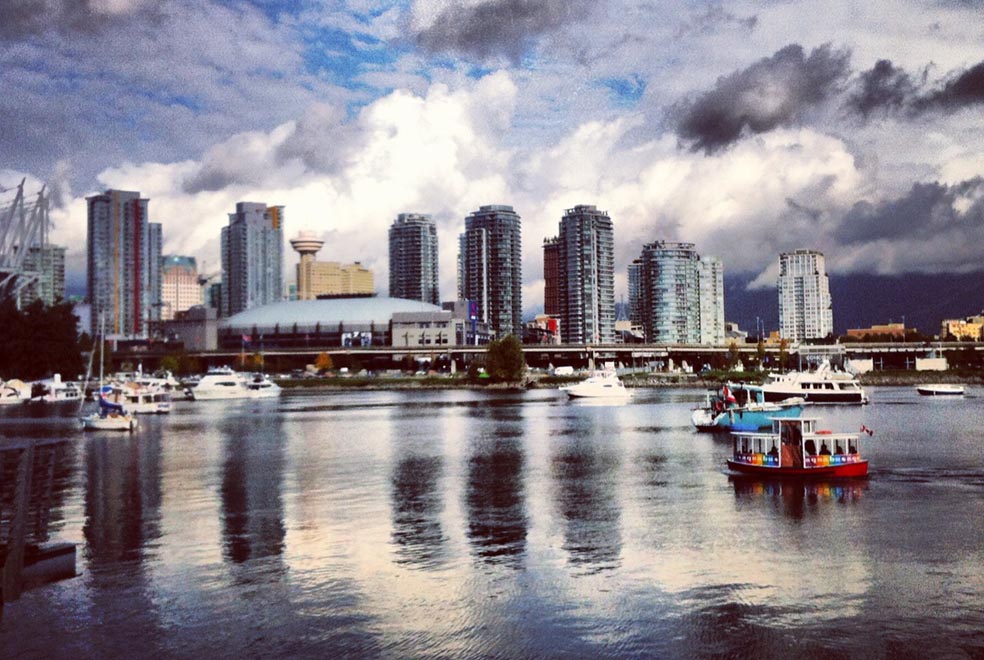
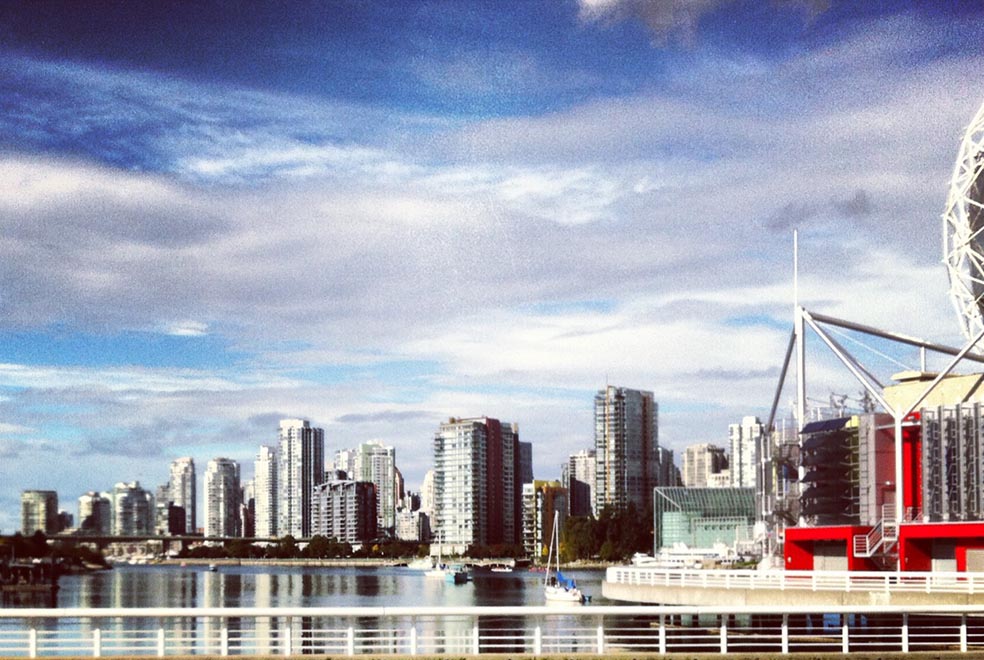
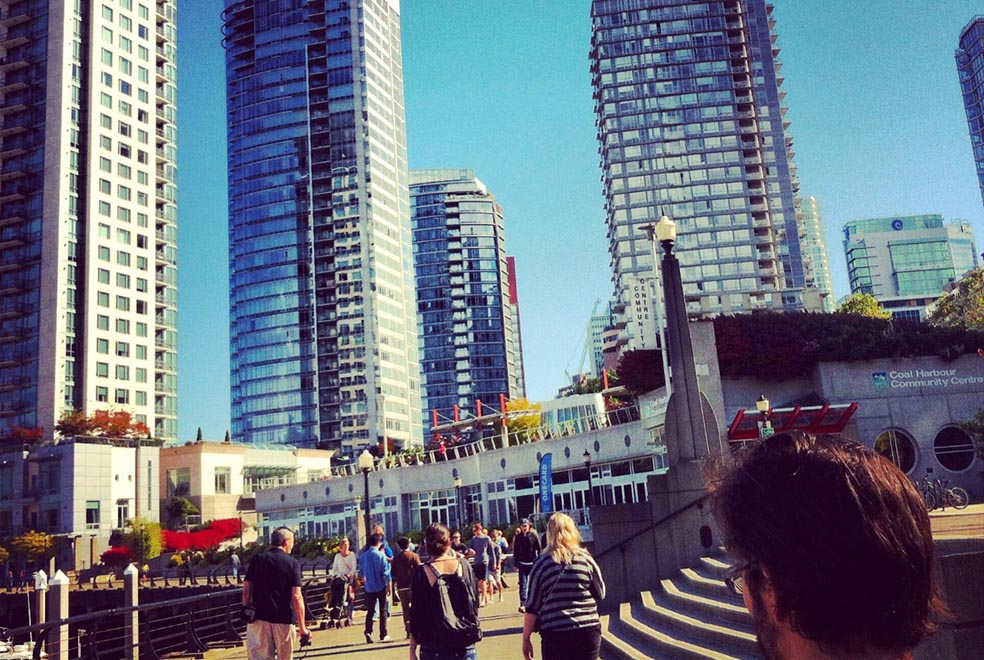
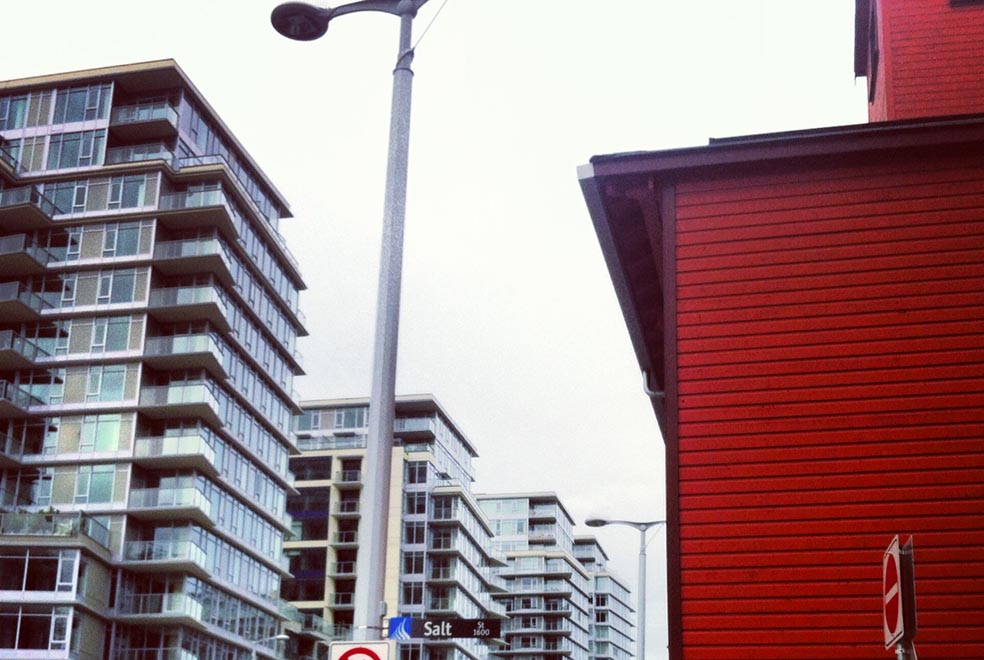


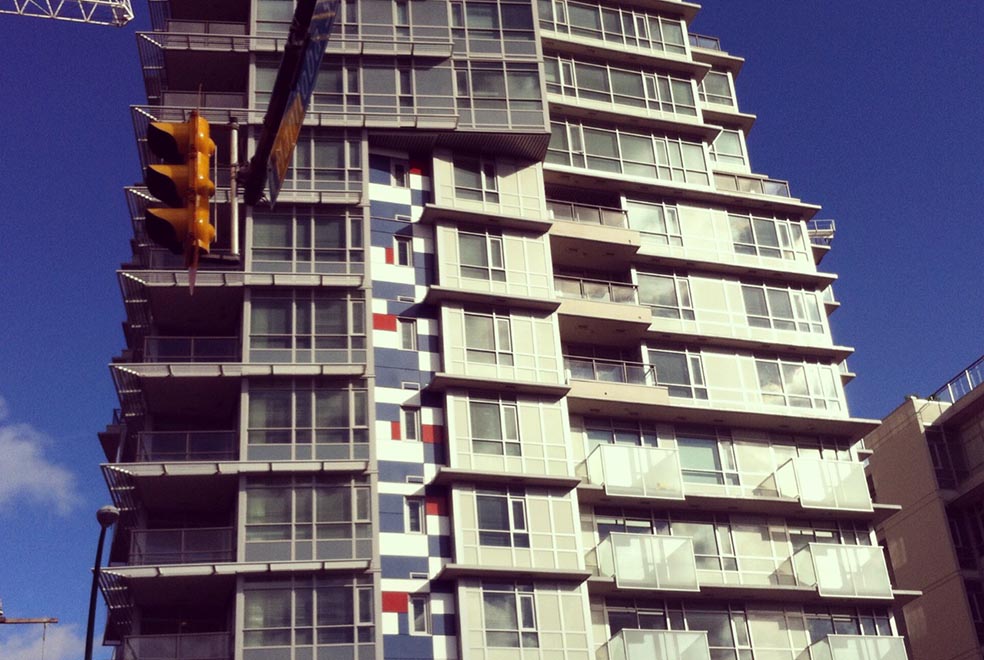
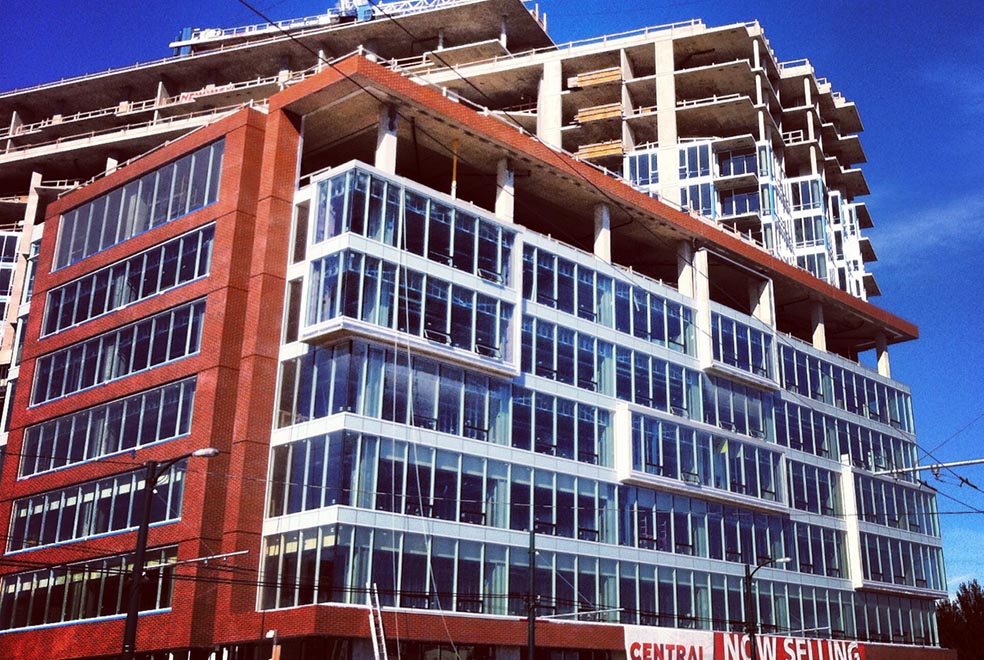



Thank you so much for sharing your experiences and I also feel the same concern as you are feeling. You see there are a lot of high-rise buildings these days and there is less space in the city but, I guess this is really very hard for us to stop. On the other hand, I see a lot of buildings on your picture and they have to make sure that they are built durably. Having a good foundation like using sturdy steels or metal is essential. I see that you also captured old buildings but they still look good. However, owners of it should make sure that they check on it regularly for the safety of the people getting inside of those buildings and those passing by.
[…] scholars has been the gentrifying force of high-rise development, and the socially degrading ‘vertical gated communities‘ it creates. The images presented below reveal some of this, but focus more on the human […]
[…] ways than just land value; with the distasteful memory of discontinued highways, leaky condos, and dogged over-use of glass and steel panels, the city planners were ready to make certain that this development, a visible heritage project on […]